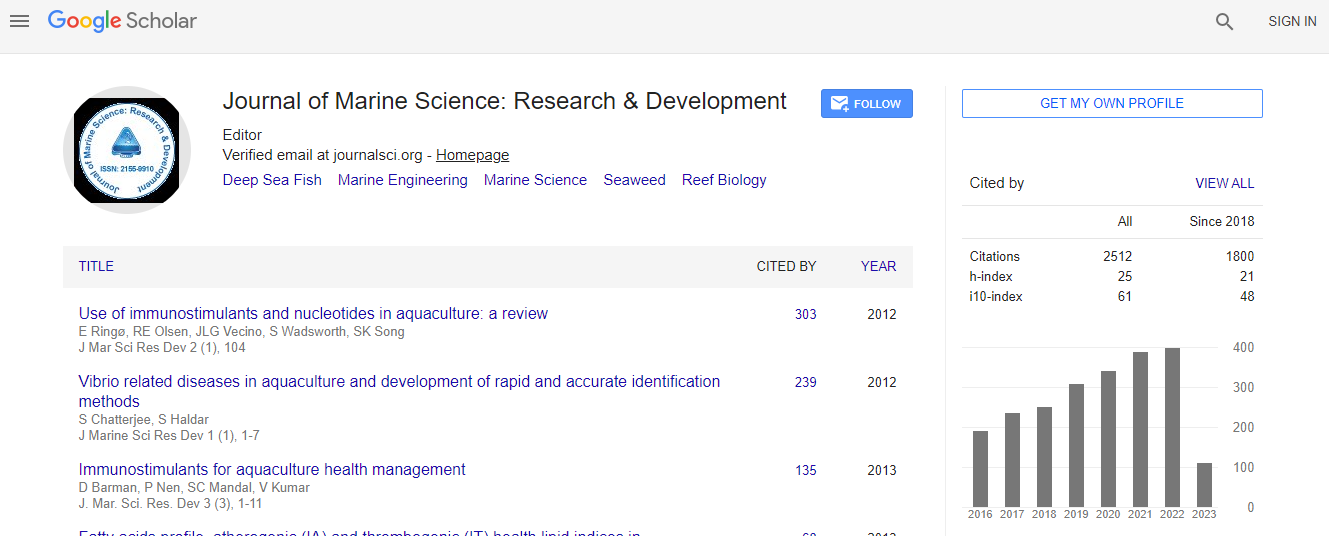Our Group organises 3000+ Global Conferenceseries Events every year across USA, Europe & Asia with support from 1000 more scientific Societies and Publishes 700+ Open Access Journals which contains over 50000 eminent personalities, reputed scientists as editorial board members.
Open Access Journals gaining more Readers and Citations
700 Journals and 15,000,000 Readers Each Journal is getting 25,000+ Readers
Google Scholar citation report
Citations : 3189
Indexed In
- CAS Source Index (CASSI)
- Index Copernicus
- Google Scholar
- Sherpa Romeo
- Open J Gate
- Genamics JournalSeek
- Academic Keys
- ResearchBible
- Ulrich's Periodicals Directory
- Electronic Journals Library
- RefSeek
- Directory of Research Journal Indexing (DRJI)
- Hamdard University
- EBSCO A-Z
- OCLC- WorldCat
- Scholarsteer
- SWB online catalog
- Virtual Library of Biology (vifabio)
- Publons
Useful Links
Recommended Journals
Related Subjects
Share This Page
New Concepts on Surface Structures of Earth, Moon and Outer Planets
4th International Conference on Oceanography & Marine Biology
Subhasis Sen
Council of Scientific and Industrial Research, India
ScientificTracks Abstracts: J Marine Sci Res Dev
Abstract
Based on the surface structures, the planetary bodies of the Solar System can broadly be classified into three groups, each respectively resembling the surface of the Earth, Moon and Outer Planets. While the earth├ó┬?┬?s surface is marked by continents and oceans, its satellite Moon is pitted with perfectly circular marks with slight protrusion at the centre, which appear to be the impressions formed at the penultimate stage of solidification of a silicate melt. Because of low density, the prevalent concept conjectures the Outer Planets to be constituted of gaseous matter, while the present study interprets these giant objects are extensively expanded planets and are also composed of basaltic mantle and iron core. Based on the earth expansion theory, the author explains that originally the planet earth was considerably small and devoid of oceans when its mantle was adequately fluid owing association of ocean-forming water. The earth├ó┬?┬?s expansion was caused due to gravitational attraction of an extra-terrestrial planetary object that caused the original semi-fluid mantle to swell up forming a number of long and sinuous expansion cracks. In consequence of such expansion, the sialic crust was fragmented in to several distinct continental fragments, while through the expansion cracks or mid-oceanic ridges extensive molten magma of basaltic composition extruded and spread on both sides of the cracks forming rudimentary ocean basins. With further expansion of the earth the continental fragments were drifted apart from one another, thereby, enlarging the ocean basins, which were simultaneously filled up with water that surfaced as water-enriched volatiles along with magma emission. The outer planets which are also enormously expanded are distinguished by presence of ring structure occurring over the planetary surface towards the equatorial region.Biography
Subhasis Sen, Date of Birth: 9 March, 1936, M Sc from Jadavpur University in 1960, Ph D from Nagpur university in 1974, from 1961 to 1996 worked in Central Fuel Research Institute under Council of Scientific & Industrial Research as a Scientist, retired in 1996 and since then working on various fundamental problems of earth and planetary sciences, published more than 160 papers and two books entitled ‘Earth - The Planet Extraordinary’ (Allied Publishers, New Delhi) and ‘Decoding the Solar System (Author House, London), developed a new concept of global tectonics termed ‘unified global tectonics’ for understanding earth and other planets of the Solar System, recipient of “Bharat Joyti Award” in 2013 instituted by India International Friendship Society, New Delhi.
Email: ssennagpur82@yahoo.com

 Spanish
Spanish  Chinese
Chinese  Russian
Russian  German
German  French
French  Japanese
Japanese  Portuguese
Portuguese  Hindi
Hindi 